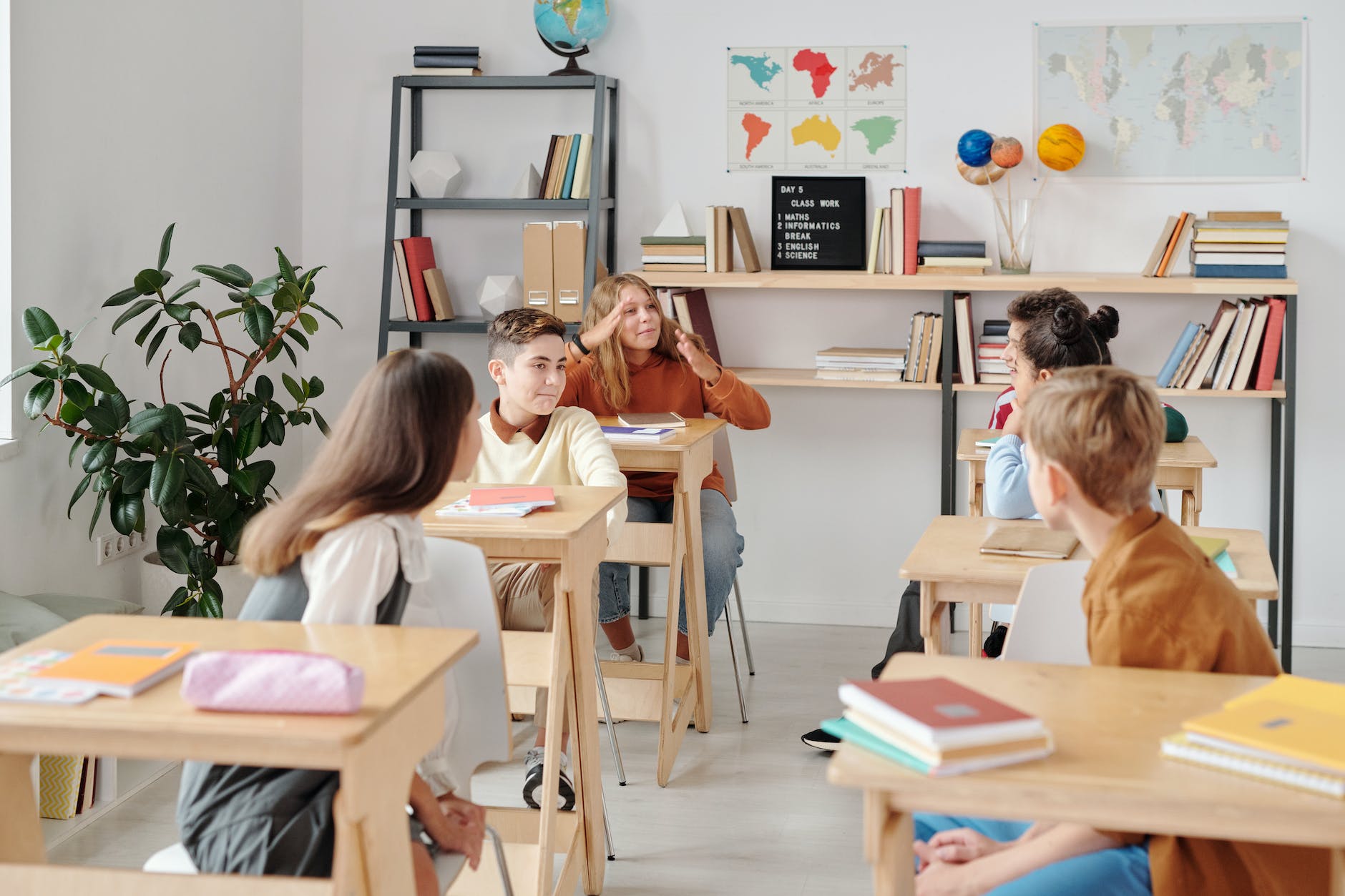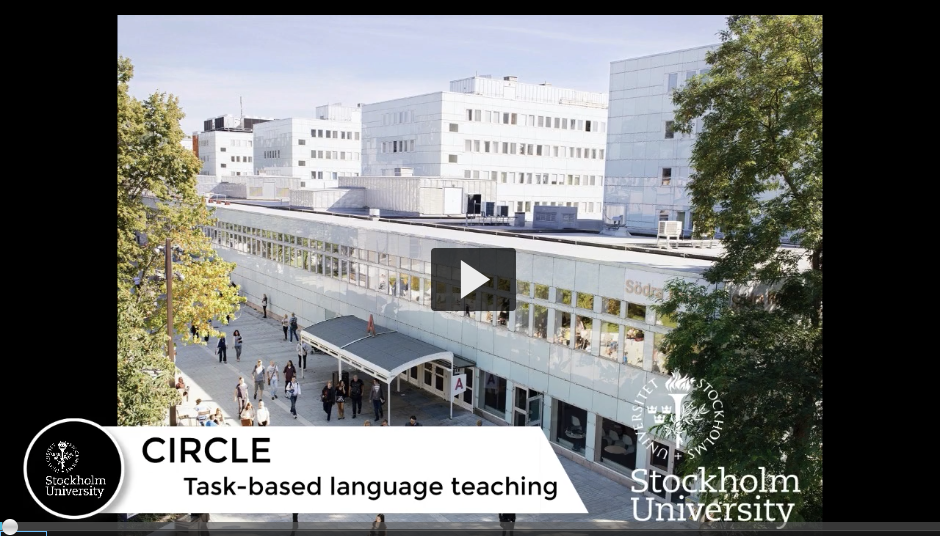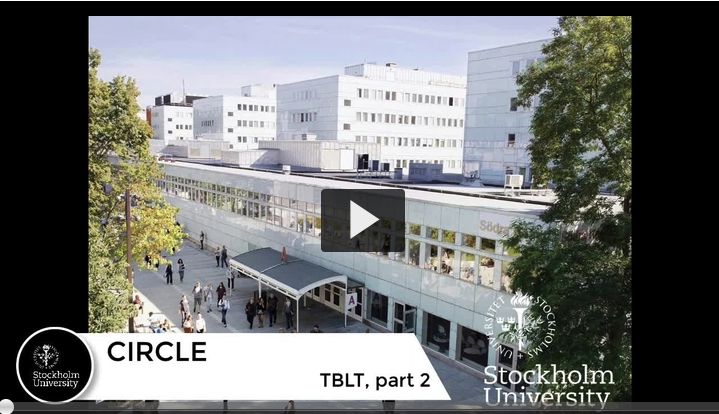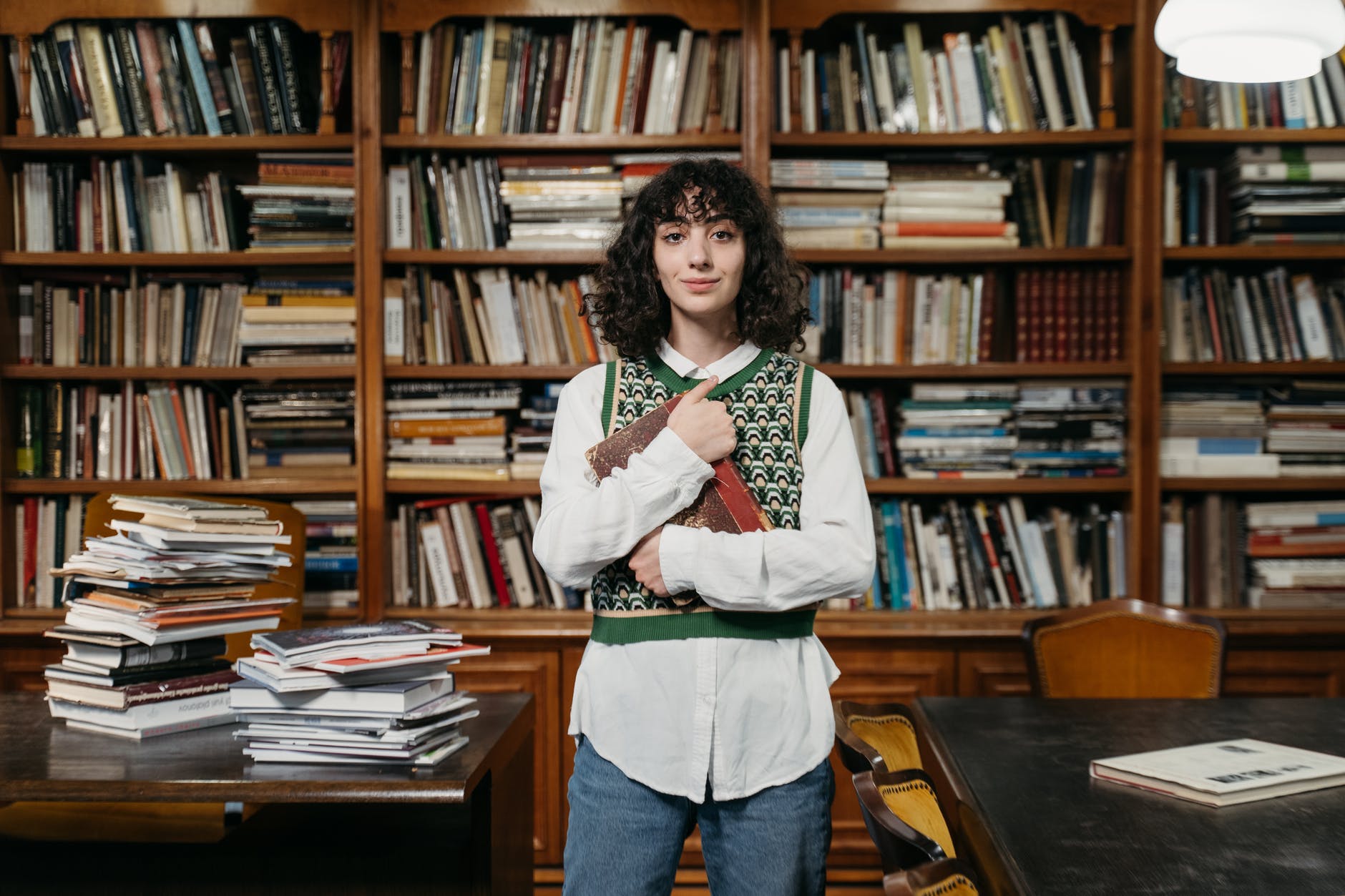
In the Swedish syllabus documents for the teaching of English and modern languages, literature has a given place from the earliest stages. This is, however, an area that some teachers spend more time on than others. In this module we have tapped into the expertise of our colleagues to look more closely at this topic.
Reading
Katherina Dodou, from Dalarna University and Joakim Sigvardson, from Stockholm University, have helped us identify a rich selection of freely available, open-access reading, with a focus on primary English and the legitimation of literature in the national syllabus for English.
- Alter, G. (2018). Integrating postcolonial culture(s) into primary English language teaching. CLELE Journal 6(1), 22–44. https://clelejournal.org/category/issues/volume-6-issue-1-may-2018. This article addresses the potential of a handful of picture-books to expand intercultural learning. In so doing, it addresses the topic of cultural learning and intercultural communicative competence, as well as text selection and evaluation. Alter’s piece also touches upon primary ELT textbooks.
- Bakken, A. S. (2017). Notions of EFL reading in Norwegian curricula, 1939–2013. Acta Didactica Norge, 11(2), Art. 1. https://doi.org/10.5617/adno.4474
- Birketveit, A., Rimmereide, H. E., Bader, M., & Fisher, L. (2018). Extensive reading in primary school EFL. Acta Didactica Norge 12(2),1–23. http://dx.doi.org/10.5617/adno.5643. This article is based on action research and it shows the feasibility of extensive reading projects in Scandinavian primary school ELT. It also investigates pupil attitudes to reading literature and indicates positive influences on pupil motivation of reading literature in such a project.
- Dodou, K. (2022). How Swedish curricula legitimise the engagement with literature in English.Nordic Journal of English Studies 20(2), 129–159. http://du.diva-portal.org/smash/get/diva2:1604287/FULLTEXT01.pdf
- Drew, I. (2021). Promoting EFL literacy through shared and individual classroom reading experiences of literature. Utbildning & Lärande 15(2): 167–184. https://du.diva-portal.org/smash/get/diva2:1571202/FULLTEXT01.pdf. Drew argues for the significance of shared and individual reading experiences of literature in primary and lower secondary ELT, based on a review of a number of empirical studies on reading projects. One of his main points is that L1 instructional methods, such as Readers Theatre, work in Scandinavian L2 teaching.
- Ellis, G., & Mourão, S. (2021). Demystifying the read-aloud. English Teaching Professional 136 (September). https://research.unl.pt/ws/portalfiles/portal/33701140/Ellis_Moura_o_2021_ETP.pdf. This is not strictly speaking a research article, but it is accessible and it summarises Ellis and Mourão’s take on the read-aloud. A lecture that goes through more of the research behind this piece, and which is quite enjoyable, too, is available here: https://icepell.eu
- Sigvardson, J. (2022). Den kroppsliga läsningen: Fenomenologi och litteraturdidaktik. Educare 3, 30–61. http://urn.kb.se/resolve?urn=urn:nbn:se:su:diva-201573 In Swedish!
Interview
The interview in this module features Katherina Dodou and our colleague Joakim Sigvardson. We have included both of their work in the reading for this module.
Discussion questions
- Some teachers include a lot of literature in their teaching, and others avoid literature as much as they can. Why is this, and does it matter for the teaching of English and other foreign languages?
- In the core content for English 6 in the Swedish school system (usually given in the second year of upper secondary school, with 17–18-year-old students), two literary genres are specified and singled out, namely poetry and drama. Reflect on this and think about the teaching challenges that may lie behind these genres being explicitly mentioned. How does this affect the course?
- Why do you think that the words stories [berättelser] and fiction [fiktion] are used instead of literature [skönlitteratur] in the syllabus for years 4–6 in the Swedish school system (10–12-year-olds)? How does the choice of words affect our understanding of the core content in this case?
Resources
Katherina Dodou kindly made a list of a few resources that teachers might find helpful when it comes to finding further research on literature in ELT and tips for appropriate literary works and activities.
- www.ju.se/ldn The Literature Education Network, LitEd, is for researchers and teachers inside and outside Sweden who are interested in the ‘why’, ‘what’ and ‘how’ of literature across language subjects and educational settings. LitEd disseminates information about current research, conferences and symposia, it organises biannual conferences and produces publications. Membership is free of charge. LitEd is also on Facebook www.facebook.com/Litteraturdidaktik/.
- https://clelejournal.org The Children’s Literature in English Language Education Journal is a peer-reviewed, open-access journal based in Norway which specialises in literature education and English, particularly on children’s and young adult literature. It regularly publishes research articles on literature in primary school English language teaching.
- https://icepell.eu The Intercultural Citizenship Education through Picturebooks in Early English Language Learning (ICEPELL) is an Erasmus+ Strategic Partnership project. It provides a useful framework for understanding and implementing intercultural citizenship education in English as a foreign language lessons with children aged 5 to 12 years using picturebooks. Among other outcomes, the project has produced a series of teaching packs to support teachers’ use of picturebooks to develop intercultural citizenship in early language learning.
- www.pepelt21.com/ Picturebooks in European Primary English Language Teaching (PEPELT) is an online resource for primary school teachers. It provides teachers with practical ideas, tips and useful information about picturebooks and their use in primary English language teaching. PEPELT is also on www.facebook.com/PEPELT21








